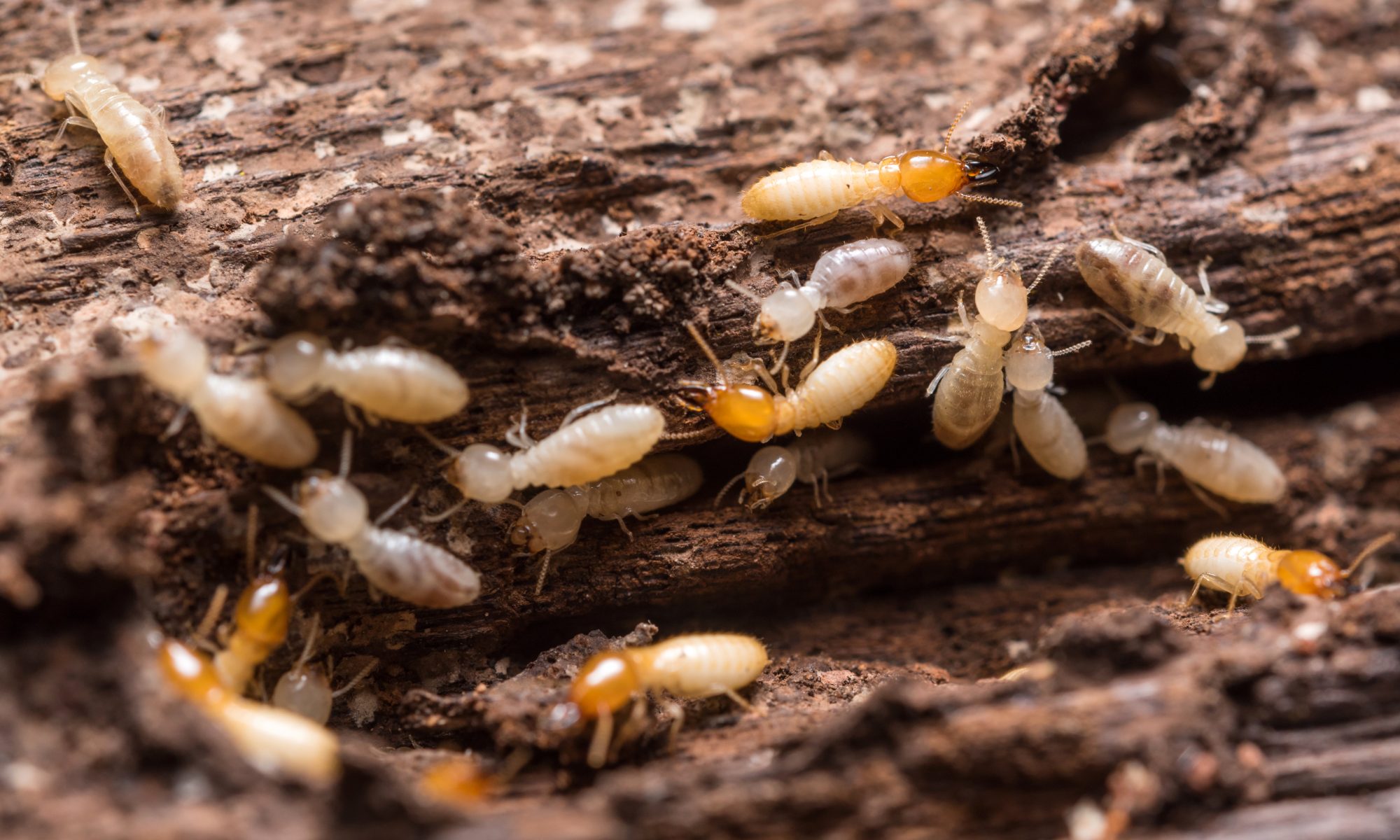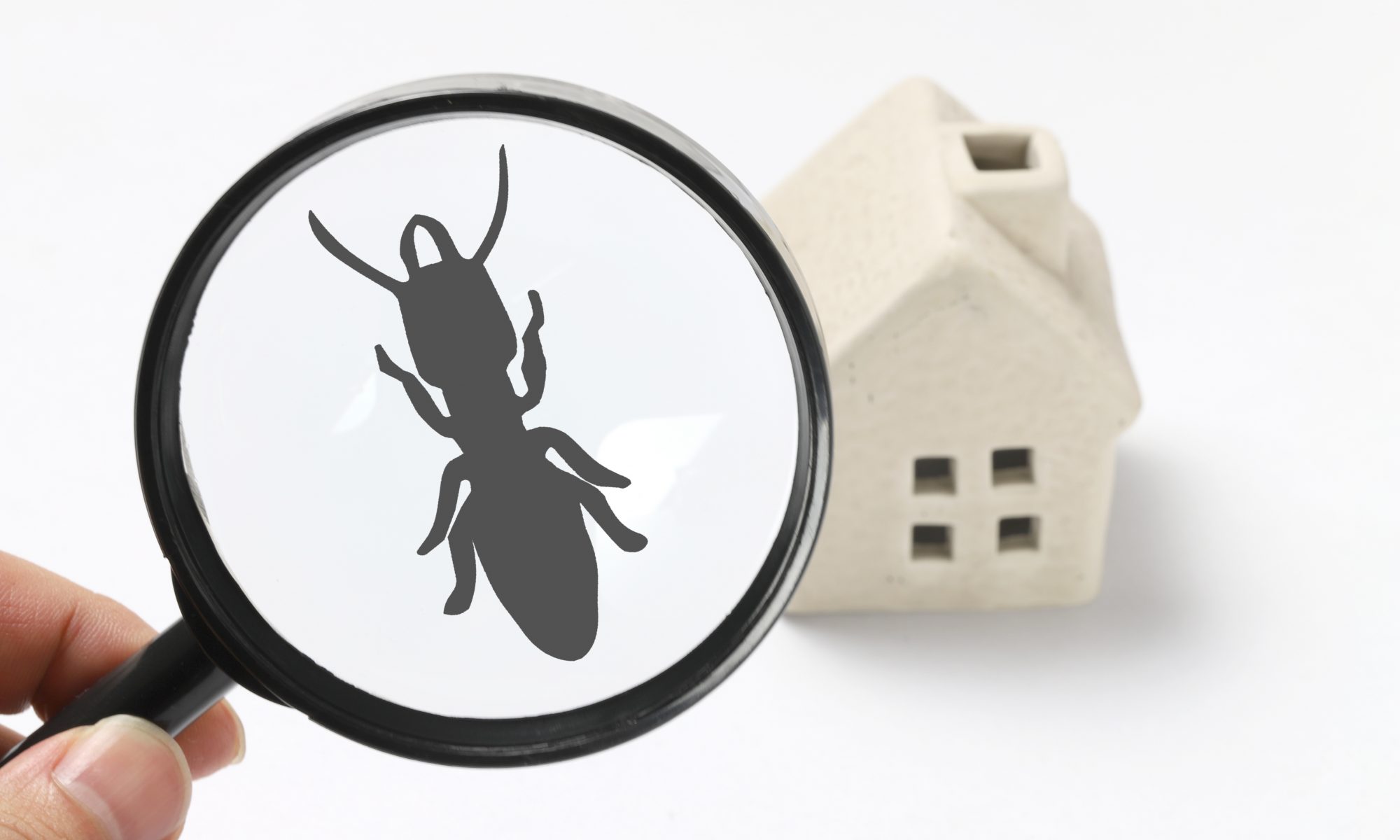
Termites and warm weather are probably not the first two things you think of when someone says the word “summer.” Warm weather might spring to mind, sure; but since when do they go hand-in-glove with termites?
Environmental Pest Management can help you deal with any burgeoning termite problems your home may experience this summer.

Termites and Warm Weather: What’s the Connection?
You may be wondering why warm weather brings out the termites. The fact is, termites love warm weather; these bugs are found in 49 states (Alaska is the exception).
Termites draw their moisture from the ground. Homes with water leaks or condensation accumulation are also attractive to them, however. When temperatures get higher than 60 degrees, termites tend to hunt for moisture around homes before searching outdoors.
In summary, humidity plus warmth equals prime termite conditions.
How Do I Know My Home Has a Termite Infestation?
There are a few tell-tale signs of a termite infestation.
First of all, termites tend to shed their wings when the weather starts to get warm. A pile of termite wings is a pretty good indicator that you have termites.
Additionally, like many bugs, termites are attracted to lights. If you are concerned about termites, you may want to check around light fixtures and windows.
Rotting wood can also be a critical indicator that your home is under attack from termites. Bubbling paint can be another tell-tale sign that termites, as are a hollow sound when you tap a wood structure.
Finally, if your home is dealing with termites, you may notice mud tubes. Mud tubes are small, pencil-sized tunnels that termites use for protection and to retain moisture. These termite highways will typically appear near the foundation of a home.

Why Are Termites a Problem?
If there are two things homeowners have to prepare for, it’s termites and warm weather. Higher temperatures can mean a long, tedious chore list, from cleaning gutters to washing siding. Termite-prevention should also be part of your springtime to-do list.
Termites present a variety of serious challenges. These tenacious little critters can chew through floors and walls, even carpeting and wallpaper!
A termite colony working together can be pretty harmful, since they can eat round-the-clock for days. This level of damage can pose a threat to your home’s structural integrity.
The National Pest Management Agency estimates that termites cause over $5 billion in damage yearly.
For everything you didn’t want to know about termites, read here.
How To Prevent Termites in Warm Weather
Fortunately, there are certain proactive steps you can take to prevent termites during the spring and summer.
First, make sure you inspect your home for the tell-tale termite signs we mentioned above. Termites commonly appear in wood features, so windowsills, door frames, and floor boards/wainscoting should appear on your termite checklist.
Next, check for leaks and any excess moisture around your home. Remember, when you add humidity to the mix of termites and warm weather, termites are a risk. An important part of termite prevention is diverting water away from your home, through gutters, downspouts, and splash locks.
You should also be sure to check AC units and faucets for leaks. Rotted roof shingles can also be a source of leaks, so roof inspections are also essential for termite prevention.
Additionally, you should avoid leaving anything out that might attract hungry termites. This next tip is especially important for homeowners with wood-burning fireplaces. Try to stack lumber away from your home, instead of against it; always inspect it before you bring it inside.
Finally, if your home is recently-constructed, inspect for foam boards or grade stakes that builders may have left behind. While termites don’t eat foam board, we know that they can and do tunnel through it.
Is It Possible for Weather to be Too Warm for Termites?
Termites tend to survive best in temperatures between 75 and 95 degrees Fahrenheit. While termites tend not to fare too well when temperatures fluctuate too much, do not underestimate these survivors. These insects tend to be far more skilled and able than other animals or insects at accessing cool places.
In fact, termites can survive and thrive in the famously hot Sonoran Desert. They do this by skillfully locating and sheltering in cool, underground spots and shaded areas.
Termite species who don’t share their desert cousins’ subterranean-locating abilities have other skills. During hot weather, drywood termites move their nests from close to a log’s surface, to the log’s cooler center.
So even if you live in a very hot area, unfortunately, you are not safe from the threat of termites.

Environmental Pest Management Can Help with Termite Prevention and Elimination
Whether you are looking to prevent termites or deal with an ongoing infestation, Environmental Pest Management can help. Contact us today to schedule a free inspection!
If you are serious about preventing termites, you should consider a regular professional home inspection. The experienced hands at Environmental Pest Management can assess your home’s risk and alert you to a current termite problem.
We require our staff to attain the level of Master Licensed Technician, a multi-year process to attain true field expertise.
We belong to state and national professional associations in the pest management field. Our affiliations include both the Minnesota and National Pest Management Associations. That means we are able to provide our customers with the very latest industry knowledge and best practices.
Environmental Pest Management brings over 30 years of know-how to our work, and that’s not all. You can also rely on us for environmentally-responsible pest management techniques and methods. If you require pest management in your home, apartment, office, or even hospital, we will determine the best, safest solution.
Our commitment to the environment means that we use non-chemical means of pest management as often as possible. Often, we find these pesticide-free methods are more effective and longer-lasting than traditional pesticides.
Termites and warm weather are a scary combination for any homeowner, business, or landlord. For efficient termite treatment, trust the job to an experienced company with deep roots in east central Minnesota. Contact Environmental Pest Management and say good-bye to your termite fears!













